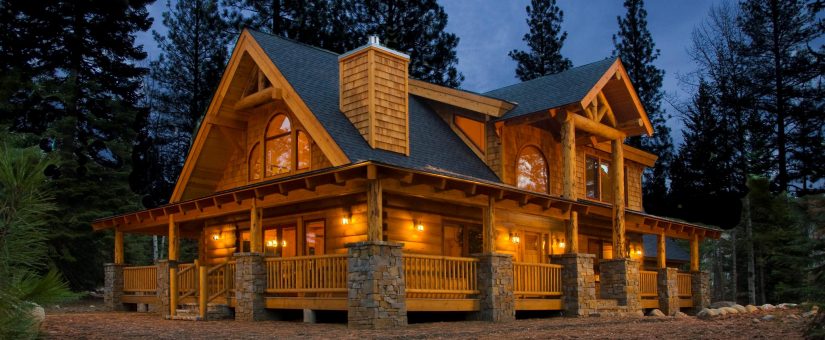
The Science Behind Log Home Energy Efficiency: Analyzing the Facts
- On July 14, 2024
Exploring Log Homes and Energy Efficiency
The question “Does a log homes have energy efficiency?” is top of mind for many prospective homeowners. Log homes possess a variety of features that contribute to their energy efficiency. At the core of this efficiency lies the concept of thermal mass, a property that allows log walls to store heat and regulate indoor climates effectively.
Understanding Thermal Mass and R-Value
Thermal mass refers to the ability of solid log walls to absorb and store heat, which reduces heat loss and ensures consistent temperatures inside the home. Unlike conventional homes built with standard building materials like drywall and studs, solid wood logs have a higher thermal resistance, also known as R-value. This means log cabins can maintain warmth longer during cold seasons and stay cooler in hot weather.
The NBS Study on Heat Flow: Implications for Residential Construction
- Throughout the summer cooling period, the log building utilized 24% less energy for cooling.
- During the spring heating period, the log building, in fact, consumed 46% less energy for heating.
- Over the 14-week winter heating period, both the log building and the insulated wood frame building used nearly the same amount of heating energy.
The NBS concluded from this test that the thermal mass of log walls is a feature that conserves energy in residential construction.
The Role of Insulation in Log Homes
Natural insulation is another factor contributing to the energy efficiency of log homes. Logs themselves act as natural insulators due to their density and conductivity properties. In contrast to stick-built homes, where insulation materials are inserted between stud walls, log homes rely on the inherent qualities of solid wood.
Minimizing Air Leaks with Proper Construction Techniques
Air infiltration can severely impact energy efficiency. Using quality caulking and chinking methods during log home construction can minimize air leaks. This is crucial in meeting modern building codes and energy codes set forth by organizations such as the Department of Energy and NAHB (National Association of Home Builders).
Durability and Energy Efficiency
The durability of log homes also plays a role in long-term energy consumption. By adhering to stringent building codes, using sustainable building systems, and focusing on reducing air infiltration through proper caulking, homeowners can ensure that their log house remains energy-efficient for years.
Log Homes vs. Conventional Homes: A Comparison
Log home living offers unique advantages over conventional homes when it comes to energy efficiency. The use of solid wood in exterior walls provides natural insulation missing from typical stud wall construction. While some may question whether “log homes energy efficient,” research from institutions like the National Bureau of Standards suggests they indeed consume less energy.
Meeting Modern Standards with Energy Star Certification
To further underscore their efficiency, many log home builders aim for Energy Star certification, which signifies superior home design focused on reduced energy consumption. This aligns well with sustainable practices highlighted by authorities like Natural Element Homes.
Not only do log cabins achieve energy efficiency through aspects like thermal mass, R-value, natural insulation, and reduced air infiltration; they also meet modern building standards and sustainability goals set by recognized organizations worldwide, including Canada’s own standards for energy-efficient construction.
Curious about the sustainability of log home living? Call 1-800-970-2224 to find out how you can build an environmentally-friendly log home.

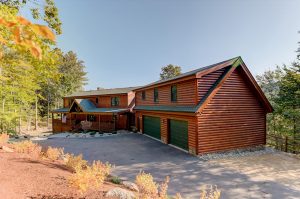
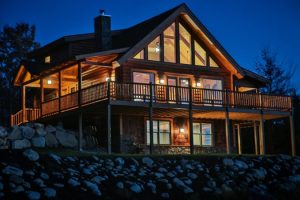
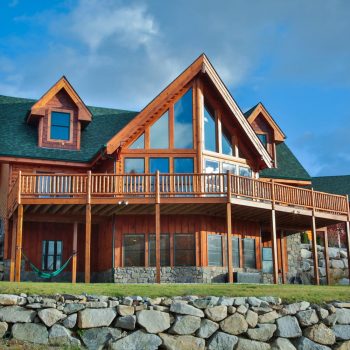
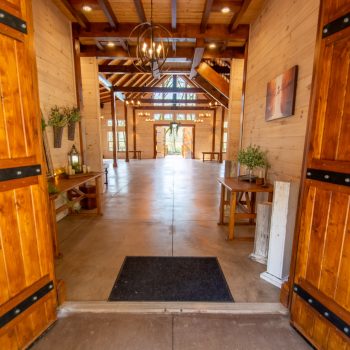
0 Comments